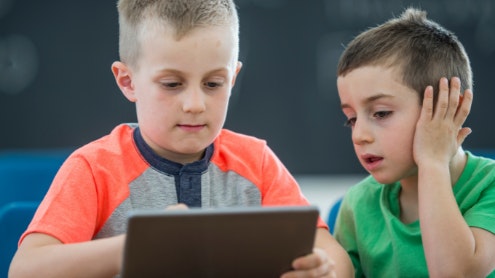Homepage
•
Learning Library
•
Blog
•
4 Tips for Creating Awesome Classroom Videos
Expand breadcrumbs
Expand breadcrumbs
- Learning Library
- Blog
- 4 Tips for Creating Awesome Classroom Videos
- Homepage
- •
- Learning Library
- •
- Blog
- •
- 4 Tips for Creating Awesome Classroom Videos
4 Tips for Creating Awesome Classroom Videos
By Jerry Fingal
October 18, 2021








